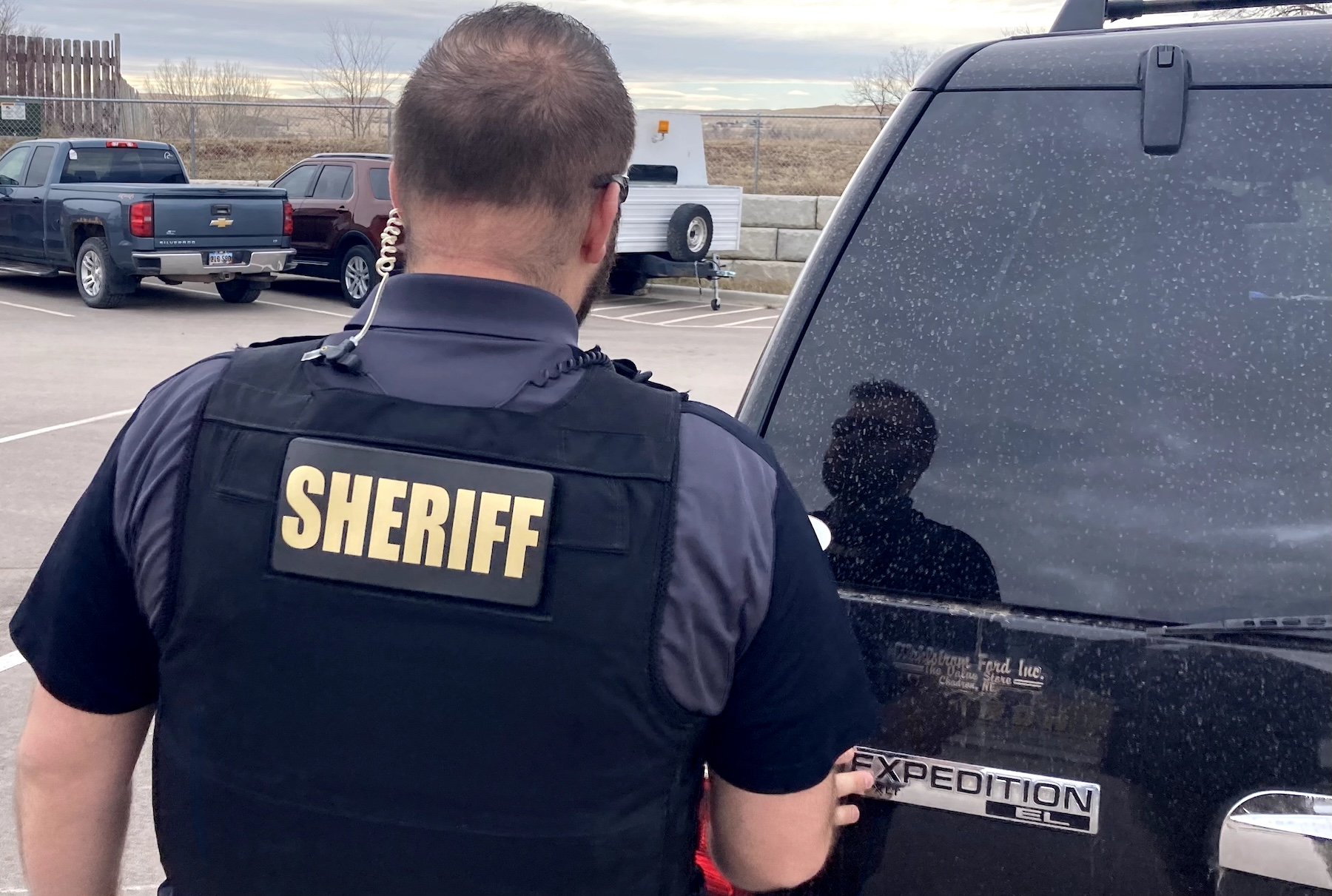
ACJA08_PoorPolicy-800
On March 2005, in Atlanta, Georgia, a rape suspect being escorted to a courtroom in the Fulton County court-house overpowers a deputy, takes the service weapon from the deputy and then shoots and kills a judge, clerk and a sheriff’s deputy before escaping.
Because of this incident, prisoner transport policy is reviewed and stringent changes are made.
October 31, 2007, a 25-year veteran police officer in Philadelphia, is on patrol alone, assigned to check businesses in a high robbery section of the city, this anti-crime practice in common in large cities. As the officer enters the establishment he is shot in the forehead by an armed robber waiting inside the entrance, the officer died from his wound.
While the Philadelphia cop was being buried on November 7, 2007, a 76-year old, Broward County Sheriff transporting a prisoner to court for an armed robbery trial was overpowered by the prisoner, shot and killed and the prisoner escaped. The prisoner was previously injured while fleeing from police in a high-speed pursuit (propensity for escape), and was already convicted and sentenced to two life sentences for other armed robberies (fight or flight mentality) and was being transported by the lone 76-year old deputy.
The common denominator with these three examples is the exiguous policy and procedures, implied or written, allowed or tolerated to become operational practices. Many other professions may have a tolerance for imperfect policy, lack of policy, or poorly designed policy, however in law enforcement, poor policy can and will kill.
POLICY DEVELOPMENT
Police administrators, have to take a proactive role in the development of departmental policy and this is even more important when it involves field, tactical and patrol operations. Often civilian administrators, whose main goal is to streamline agency function while at the same time maintain an acceptable standard of safety to the public — real or perceived — fail to factor in the common sense approach to officer safety.
Whenever policy is developed based on politics or economy only, red flags should come up and police administrators should scrutinize these policies. This takes courage, because more often than not, you’ll be challenging elected officials, who are clueless about police work, but want to establish a record of efficiency and a platform of cutting expenses while maintaining a high level of public safety.
Additionally, law enforcement agencies have to compete with other departments within their jurisdiction and this may cause intra-agency conflicts.
Often well-prepared policies are lost in interpretation or diluted by poorly implemented practices and thus shortcuts are created eventually defeating the spirit of the policy. For example, a policy may state all prisoners have to be hand-cuffed in the back while being transported. However, over time, it became standard practice when prisoners are trans-ported to county lockup most are handcuffed in the front. This violates the original policy and establishes vulnerability in the safety of the officers.
RATIONAL DECISIONS?
Especially in law enforcement, rational decision-making should be involved in policy development, and this should incorporate rational and reasonable approaches to specific subjects of what the policy intends to accomplish. Policy is often developed under theoretical conditions and circumstances, it should include and be tested on practical applications; this is especially true in use of force. During the application of any level of force, theories very seldom follow a fixed axiom.
This means policies should also be outcome-based, and incorporate prior experience, conditions and case studies. This should include incidents and experiences from other agencies, learned the hard way and can offer a plethora of data and information that can be universally applicable.
While it would be remiss to fail to address the cost-benefit analysis of any policy development and implementation, when it comes to officer safety, it would be advantageous for the police administrator to argue it from the cost-effectiveness point of view.
Policy development should be a collaborative effort involving everyone the policy will affect, fact-finding efforts, and sometimes even compromising to some points and issues, but not safety and security of law enforcement personnel.
DOLLARS VS. LIVES
The examples cited earlier are just a small sample of deaths that have occurred by law enforcement agencies because of lack of policy, poor procedures or the result of the lack of policy enforcement. To be sure, fiscal considerations have decimated many agencies and created a vacuum perilous conditions have filled. Lack of work force to provide adequate backup, expectations that today’s cops can do more with less philosophy; political games played within the agency have all contributed to an increase in officer ’s injuries and deaths over the years.
Good policy cannot be disputed or manipulated if monitored and enforced, it is a written guarantees that specific standards will be adhered if maintained and monitored. Poor policy or lack of policy where policy is needed can and will be the cause of preventable injuries and deaths. The responsibility that all police administrators owe to their employees is to optimize the probability that their people will return home safe at the end of the tour.
Robert D. Boyden, Ph.D. was a sub-urban Philadelphia, Pennsylvania cop for 21 years. He has a Ph.D. in Law Enforcement Management and is candidate for a second Ph.D. in Public Policy and Administration specializing in Public Safety Management. Boyden is also a Diplomat and Fellow with the American College of Forensic Examiners International.














